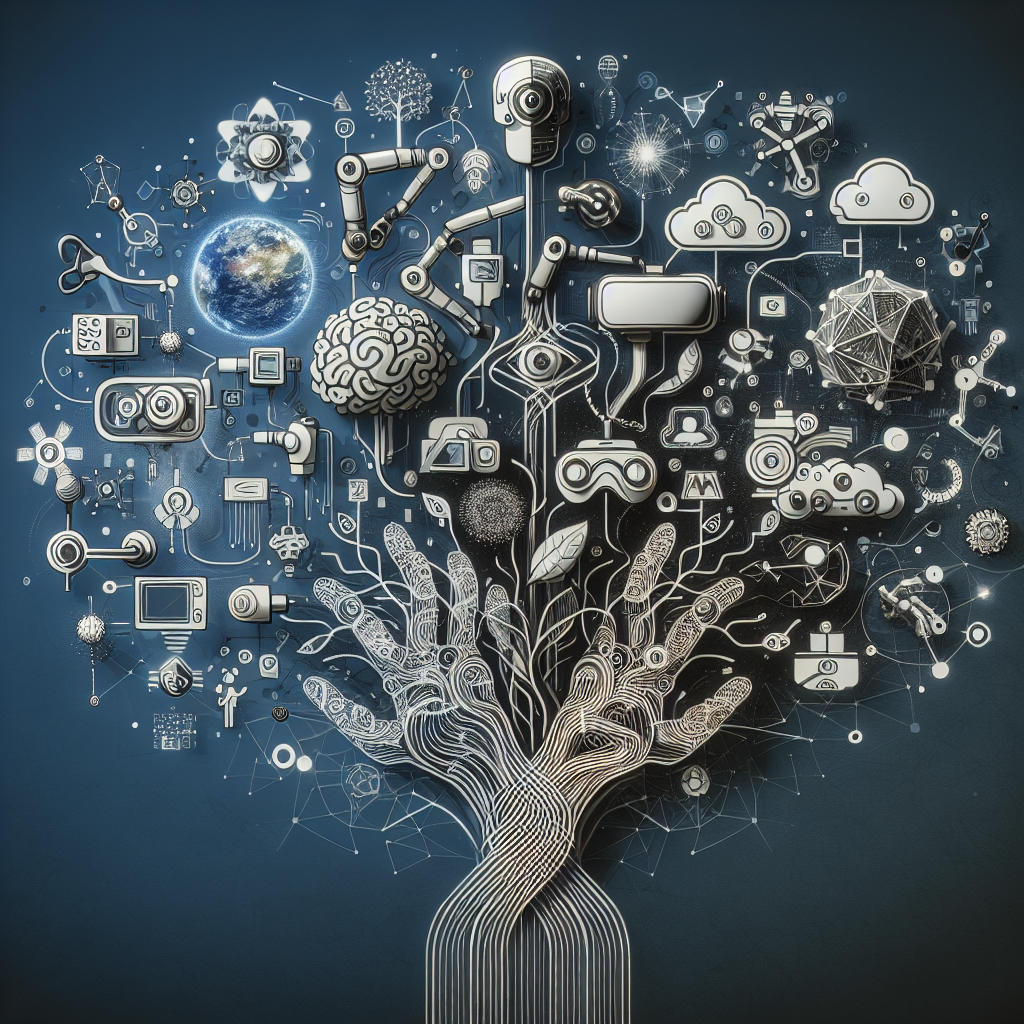The Use of AI Development in Virtual Reality
Artificial Intelligence (AI) and Virtual Reality (VR) are two of the most exciting and rapidly advancing technologies in the world today. Both have the potential to revolutionize the way we live, work, and play. When combined, AI and VR create a powerful synergy that can take immersive experiences to the next level. In this article, we will explore the use of AI development in virtual reality and how it is shaping the future of technology.
AI and VR: A Perfect Pairing
AI and VR are a perfect pairing because they both rely on the processing of large amounts of data to create realistic and interactive experiences. AI algorithms can analyze this data in real-time to make intelligent decisions, while VR technology can immerse users in a virtual environment that feels incredibly lifelike. When AI and VR are combined, the possibilities are endless.
One of the main ways AI is being used in VR development is to create more realistic and responsive virtual environments. AI algorithms can analyze user behavior and adapt the virtual environment in real-time to provide a more personalized and engaging experience. For example, AI can track a user’s movements and adjust the virtual environment to match their actions, creating a more immersive and interactive experience.
AI can also be used to enhance the realism of virtual characters and objects in VR environments. By analyzing the movements and interactions of users, AI algorithms can create more lifelike animations and behaviors for virtual characters. This can make the virtual world feel more dynamic and alive, increasing the sense of presence for users.
Another way AI is being used in VR development is to improve user interaction and engagement. AI-powered chatbots and virtual assistants can provide users with helpful information and guidance as they navigate virtual environments. These virtual assistants can understand natural language commands and respond in real-time, creating a more interactive and engaging experience for users.
AI can also be used to optimize the performance of VR applications. By analyzing user data and behavior, AI algorithms can identify areas for improvement and make real-time adjustments to enhance the overall experience. This can help VR developers create more efficient and effective applications that deliver a seamless and immersive experience for users.
FAQs
Q: How is AI being used in VR development?
A: AI is being used in VR development to create more realistic and responsive virtual environments, enhance the realism of virtual characters and objects, improve user interaction and engagement, and optimize the performance of VR applications.
Q: How does AI enhance the realism of virtual characters and objects in VR environments?
A: AI algorithms can analyze the movements and interactions of users to create more lifelike animations and behaviors for virtual characters. This can make the virtual world feel more dynamic and alive, increasing the sense of presence for users.
Q: How can AI-powered chatbots and virtual assistants improve user interaction in VR environments?
A: AI-powered chatbots and virtual assistants can provide users with helpful information and guidance as they navigate virtual environments. These virtual assistants can understand natural language commands and respond in real-time, creating a more interactive and engaging experience for users.
Q: How does AI optimize the performance of VR applications?
A: By analyzing user data and behavior, AI algorithms can identify areas for improvement and make real-time adjustments to enhance the overall experience. This can help VR developers create more efficient and effective applications that deliver a seamless and immersive experience for users.
In conclusion, the use of AI development in virtual reality is revolutionizing the way we experience and interact with technology. By combining the power of AI algorithms with the immersive capabilities of VR technology, developers are creating more realistic, responsive, and engaging virtual experiences than ever before. As AI and VR continue to evolve, we can expect to see even more innovative applications and experiences that push the boundaries of what is possible.

